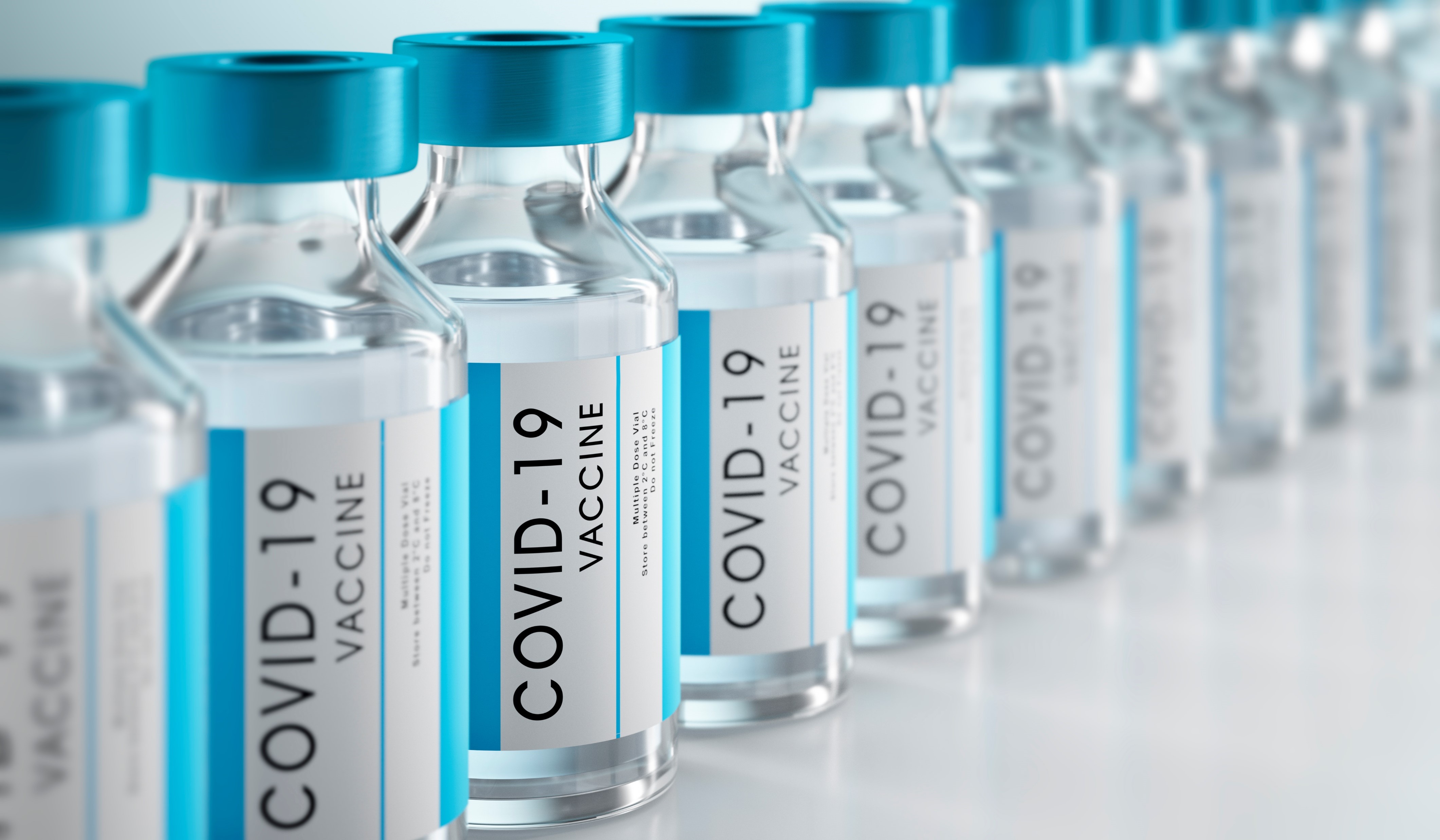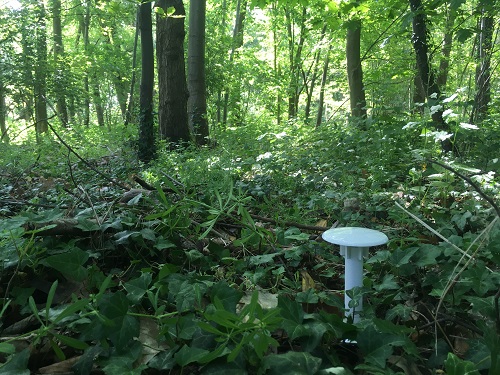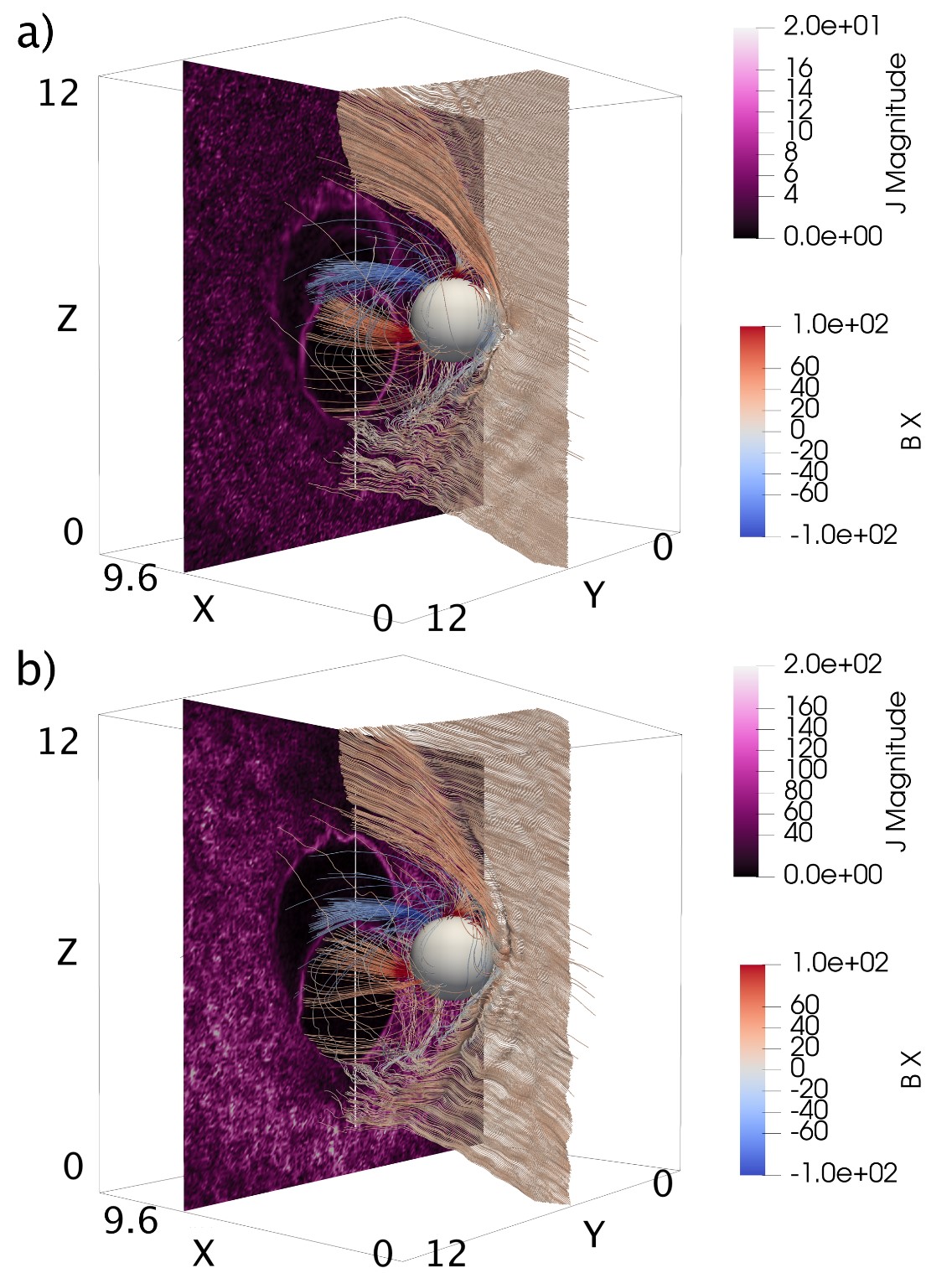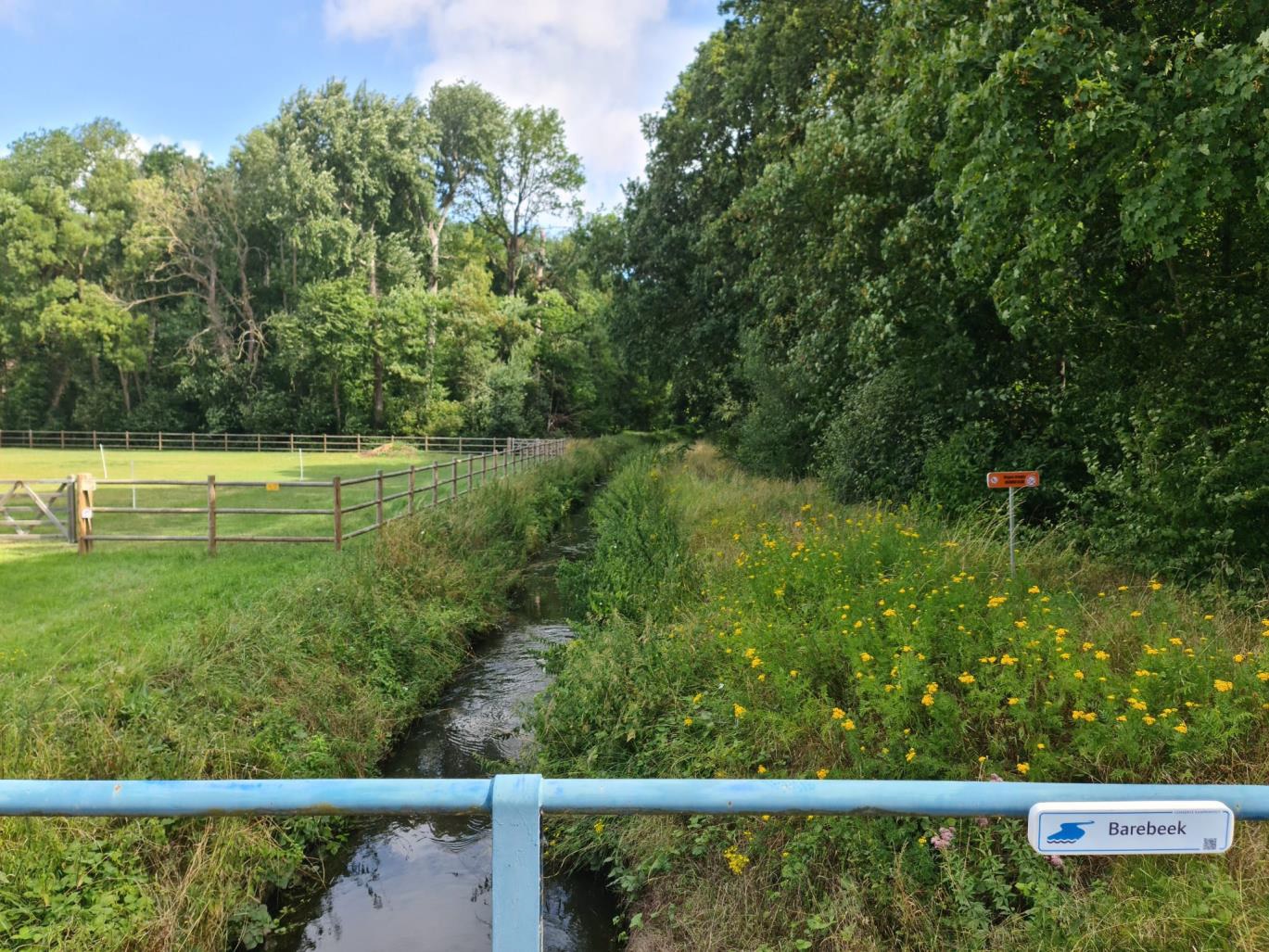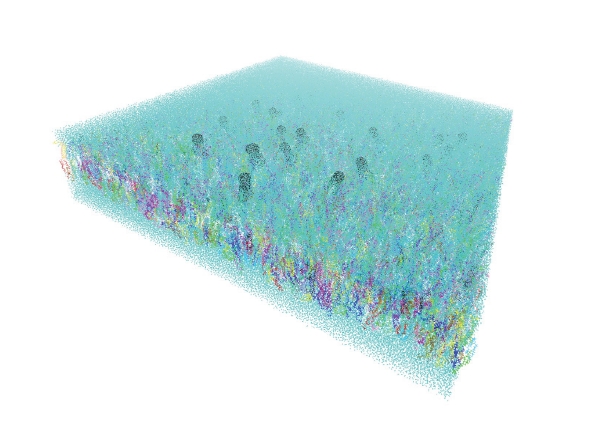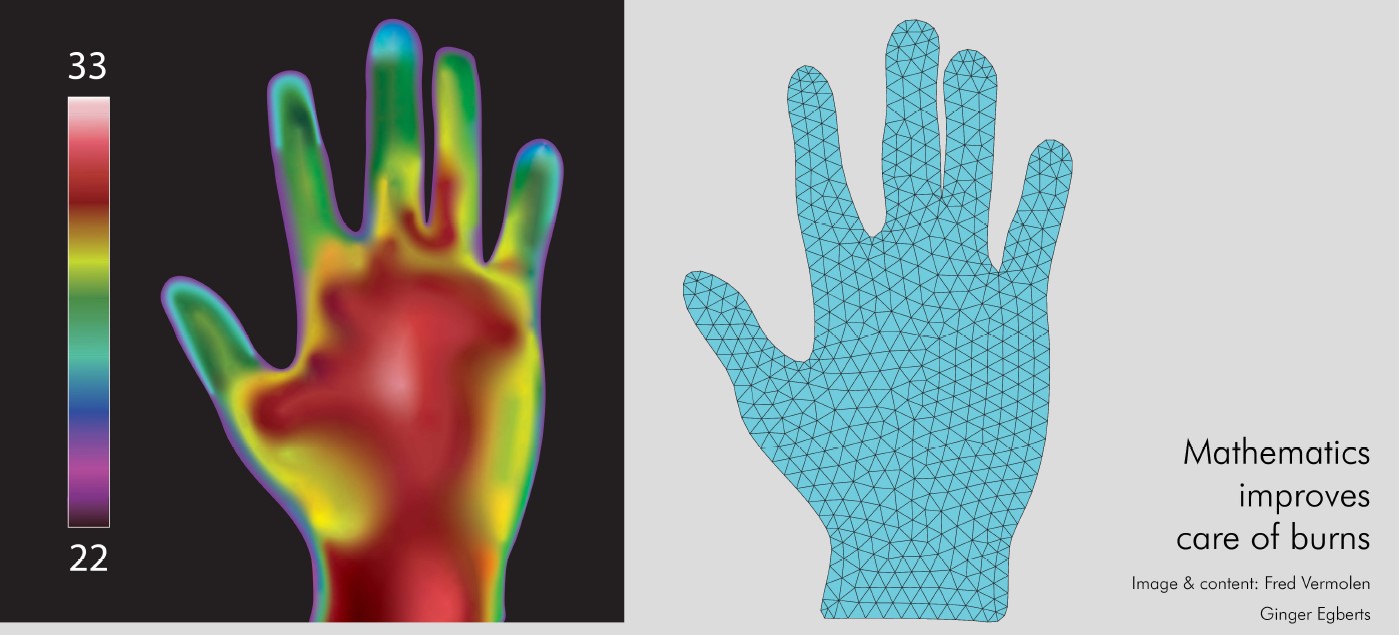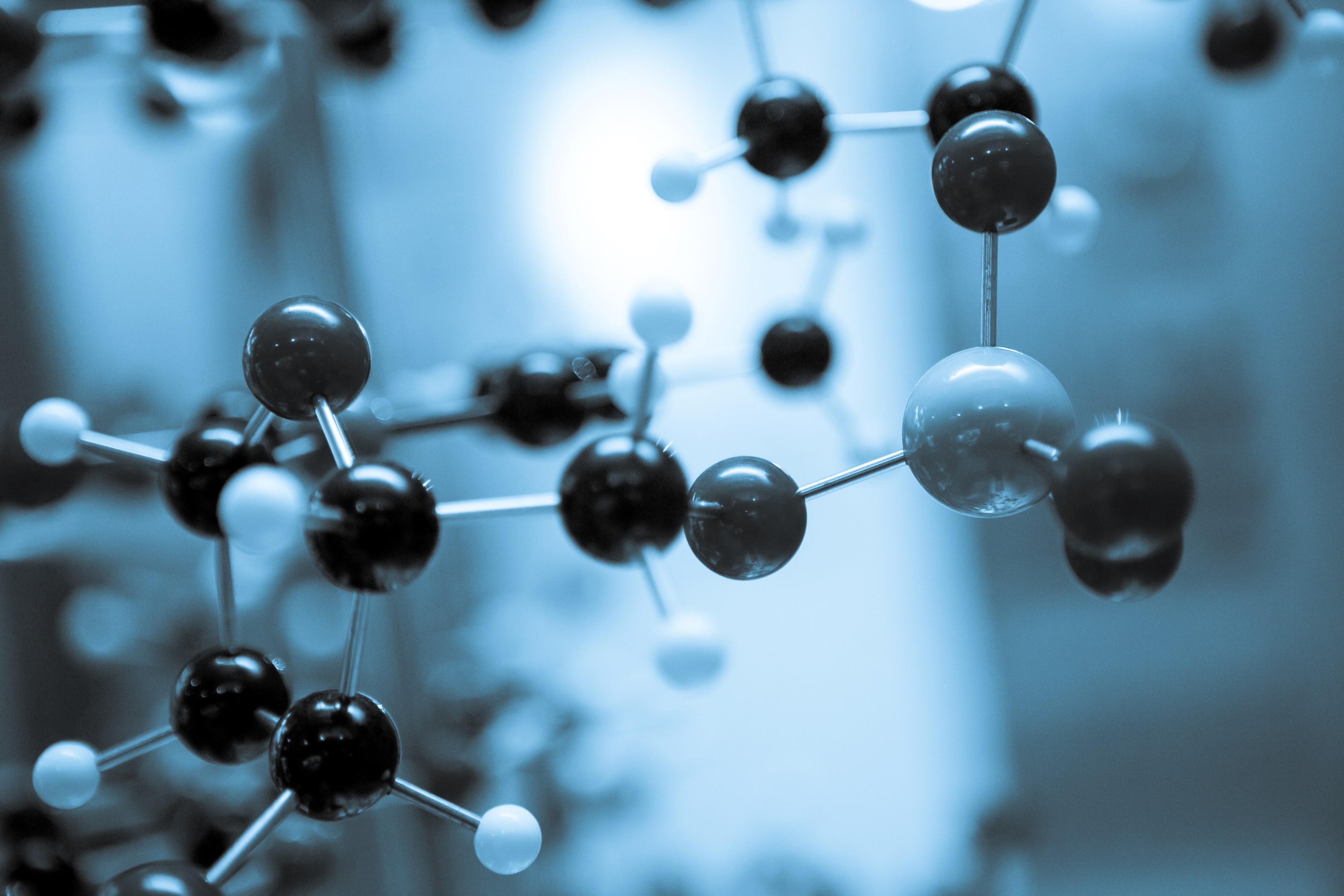Revolutionizing Neuroimaging Education with Supercomputing and Neurodesk
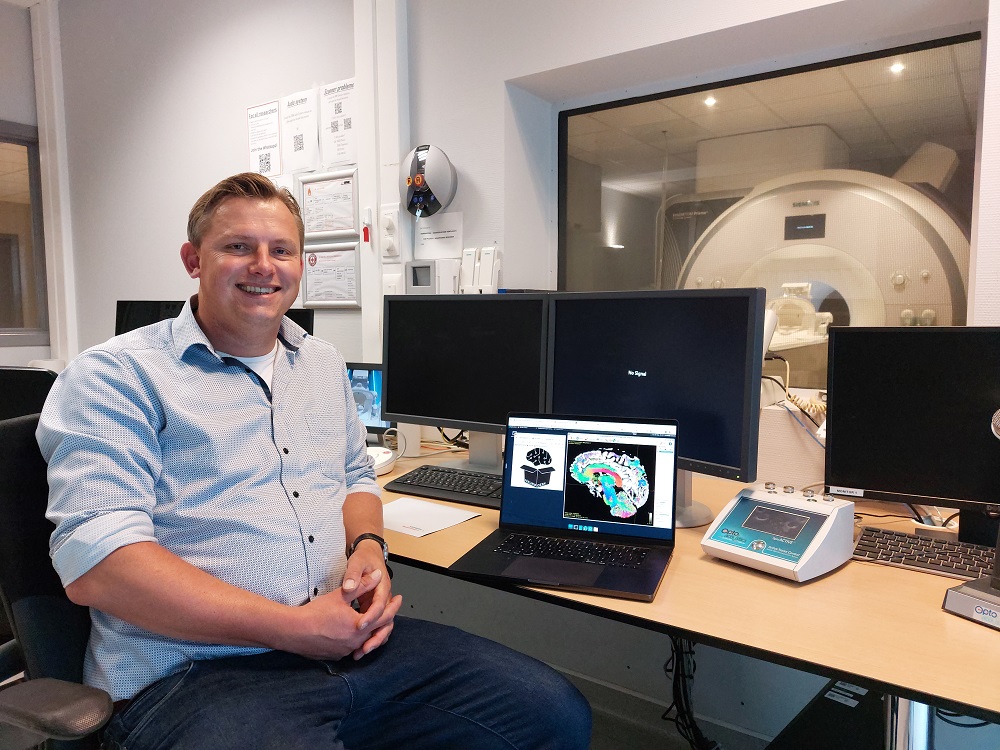
In this user story prof. Pim Pullens of Ghent University explains how supercomputing infrastructure and other tools are being used to teach students how to analyse imaging data.
Prof. Pullens: “As said, my students have no experience working with a supercomputer. However, thanks to using the VSC infrastructure, Open OnDemand and Neurodesk, I can get them to analyse their data within an hour, which shows how user-friendly and efficient this set-up is.”

